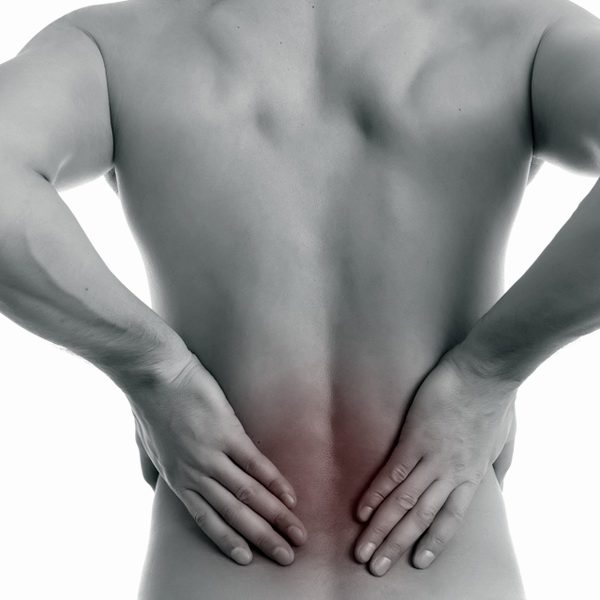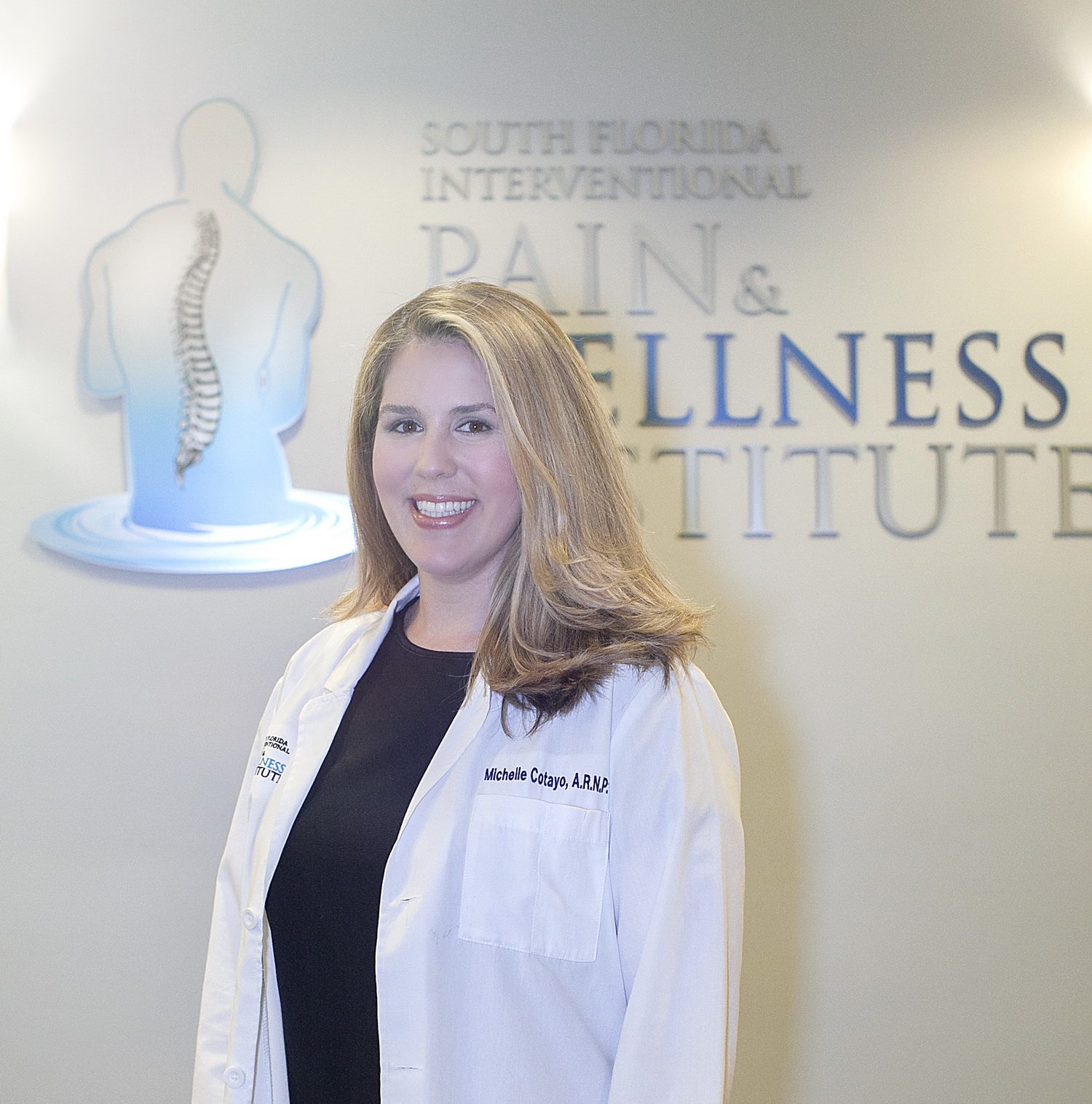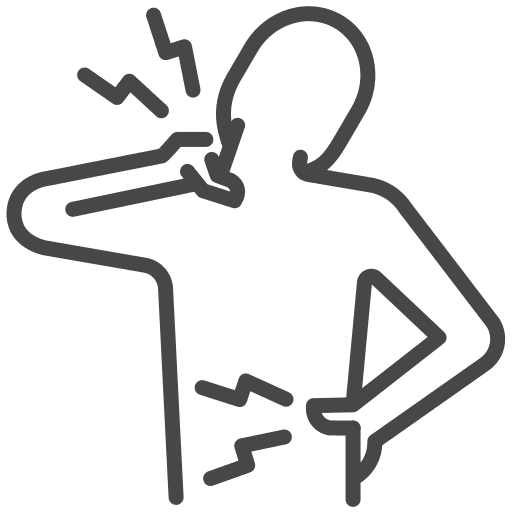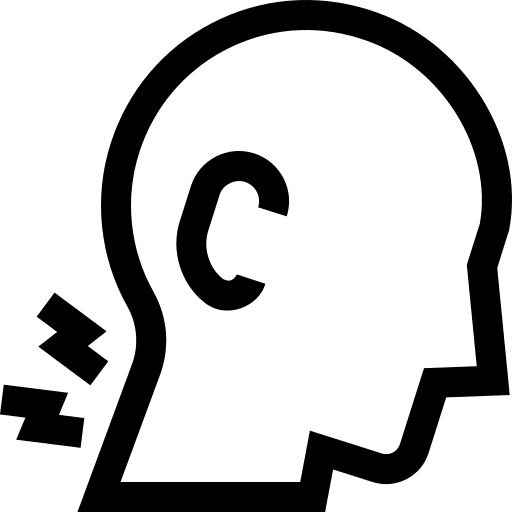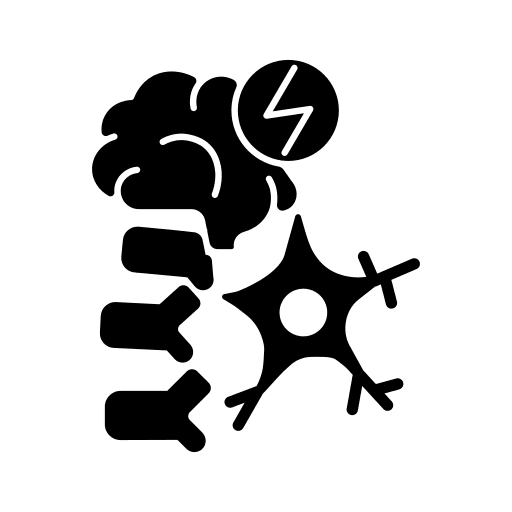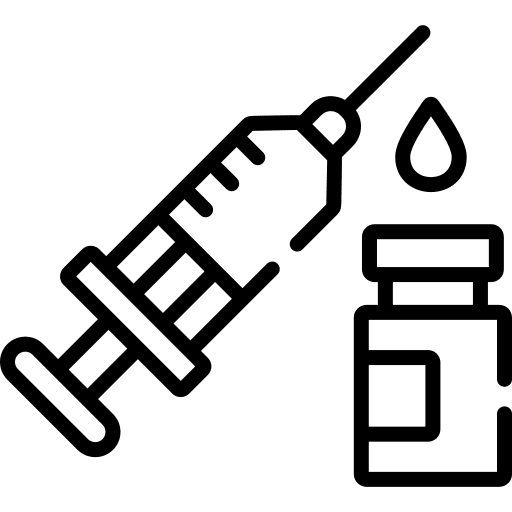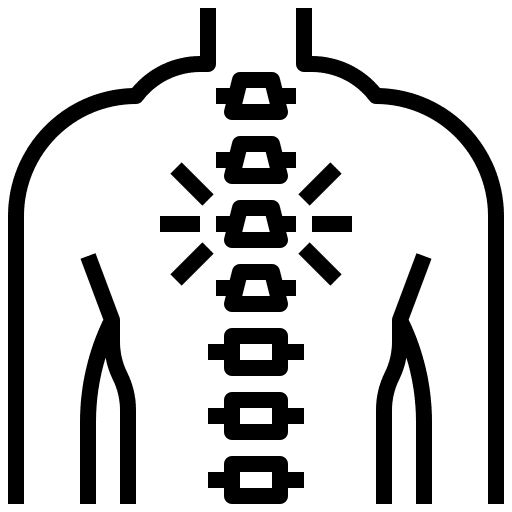Understanding Range of Motion in the Lumbar Spine
The most-reported pains and strains are in the lower back region. Pain typically begins as dull and aching and progresses to significant over time.
Lower back pain can alter the very essence of how you usually function and should not be ignored.
Symptoms are broad but can include:
- Pain with a twisting motion (grocery shopping, playing sports, etc.)
- Pain that starts in your lower back and radiates to the lower extremities
- Stiffness in the morning that lasts through the day
- Sudden weakness in the lower spine
To understand more about your pain and determine the possible cause, we will perform an exam that will include a range of motion testing and imaging, such as an X-ray, CT, or MRI.
These are necessary in order to pinpoint the exact location of spinal pain.
RANGE OF MOTION TESTING
We test your range of motion to understand better where your pain starts and to what degree motion is affected.
We will look at the passive and active range of motion in the lumbar spine.
Passive movement is completed by a physician controlling the movement. Active movement is the patient completing the movement with guidance from the physician. We are looking for function and dysfunction in these movements.
The movements are measured in degrees and will include Forward Flexion—bending forward, and Extension—bending backward in the opposite direction.
We will also test your ability to turn to each side, referred to as lateral flexion and rotation.
Note the movements in the graphic below:

If there is stiffness or weakness that prevents full flexion, extension, or rotation, we can begin diagnostics and build a treatment plan designed for you.
LOSS OF MOTION AND TREATMENT
Loss of motion in the spine can occur for several reasons, including:
- Weakened muscles support and assist the movement of the spine.
- Degenerative changes
- Injury caused by work, motor vehicle accident, falling, sports, etc.
- Excess body weight
- Poor posture
- Congenital
- Infections or tumors
The Florida Pain Center provides several treatment options for lower back pain, including conservative treatments and surgical management.
Conservative treatments include anti-inflammatory, physiotherapy, and a referral for physical therapy.
While surgical option varies from non-invasive to stabilization and stimulation treatments, which are considered very advanced treatments reserved for patients who have failed all conservative treatment options available.
DAILY FUNCTION
If you’ve noticed a change in everyday activities due to pain, the Florida Pain Center has several treatment options available.
These changes can include difficulty rising from a seated position, walking, complete everyday functions you usually would, such as cleaning, caring for hygiene, driving, and shopping in stores.
Lower back pain is treatable and does not need to be a part of your everyday life. Together, we can work towards finding the perfect treatment plan for your spinal pain. Our spinal specialists are focused on addressing low back pain without the need for surgery.
To discover your unique solutions for relief from low back pain, call our office at (954) 447-5206 to schedule your appointment.
TEXT BY M. HIATT
Our Locations
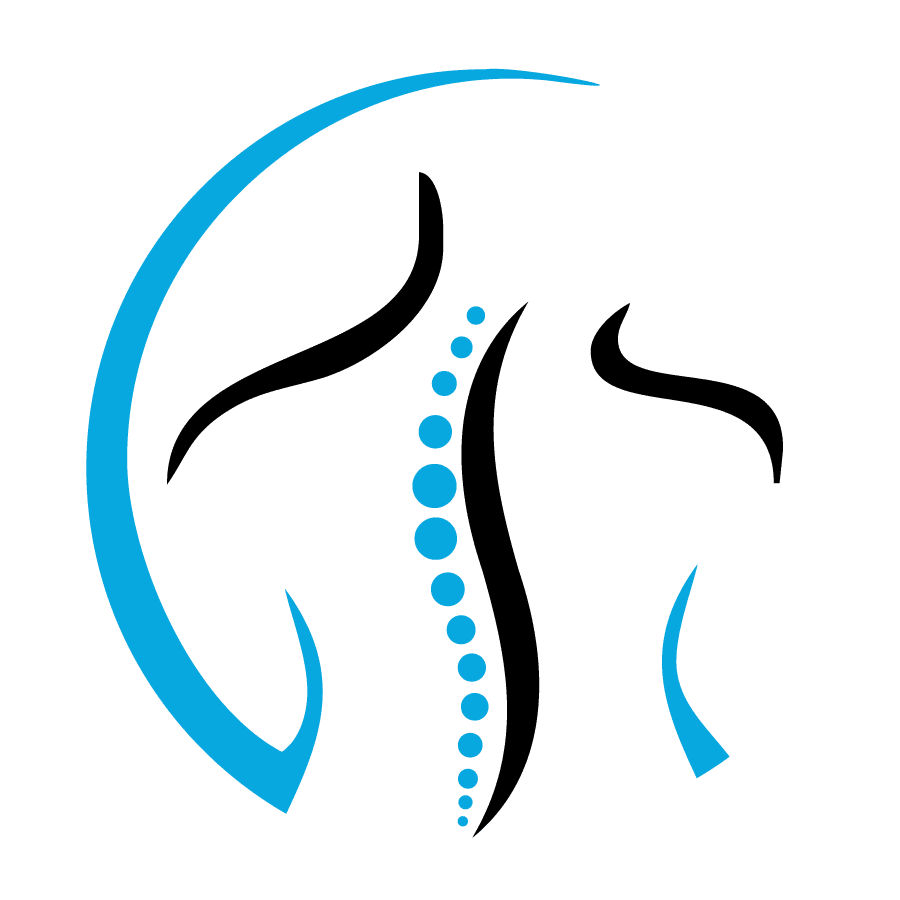
Let’s Talk about the
Next Step Forward
Next Step Forward
Whether you’re living with chronic pain, nerve discomfort, or joint stiffness, our compassionate team is ready to guide you towards lasting relief. Our spine specialists take a comprehensive and conservative approach to pain management, focusing on minimally invasive procedures that can give you your quality of life back.
Fill out the form and a care coordinator will contact you to schedule your consultation.


